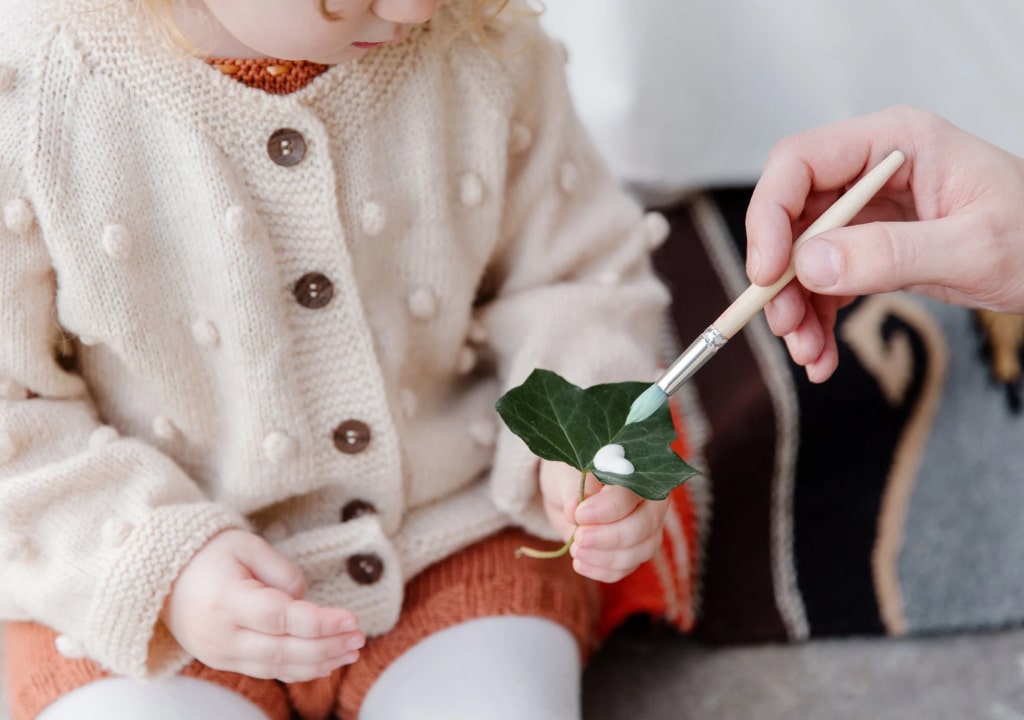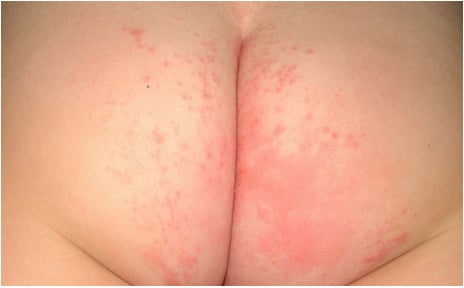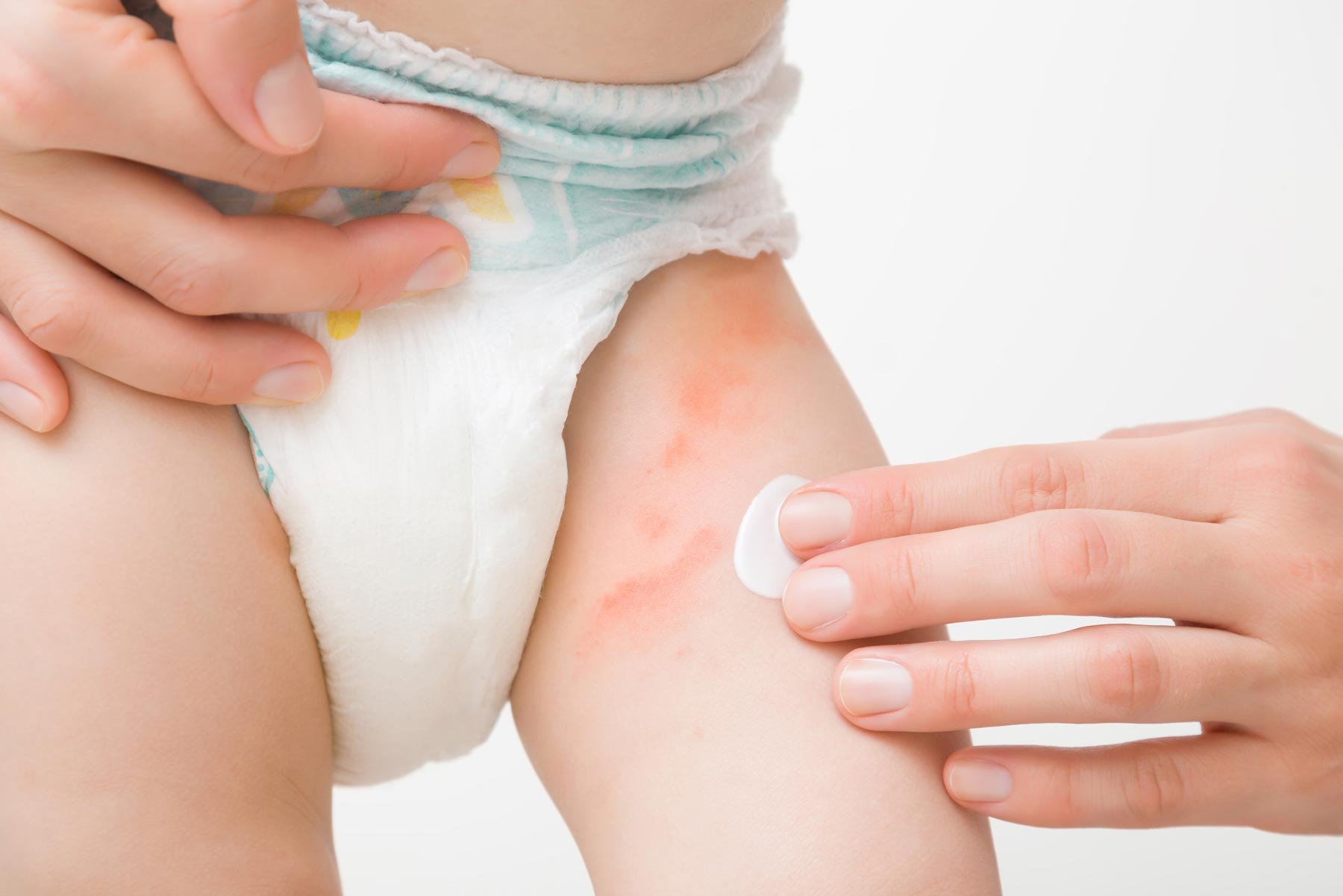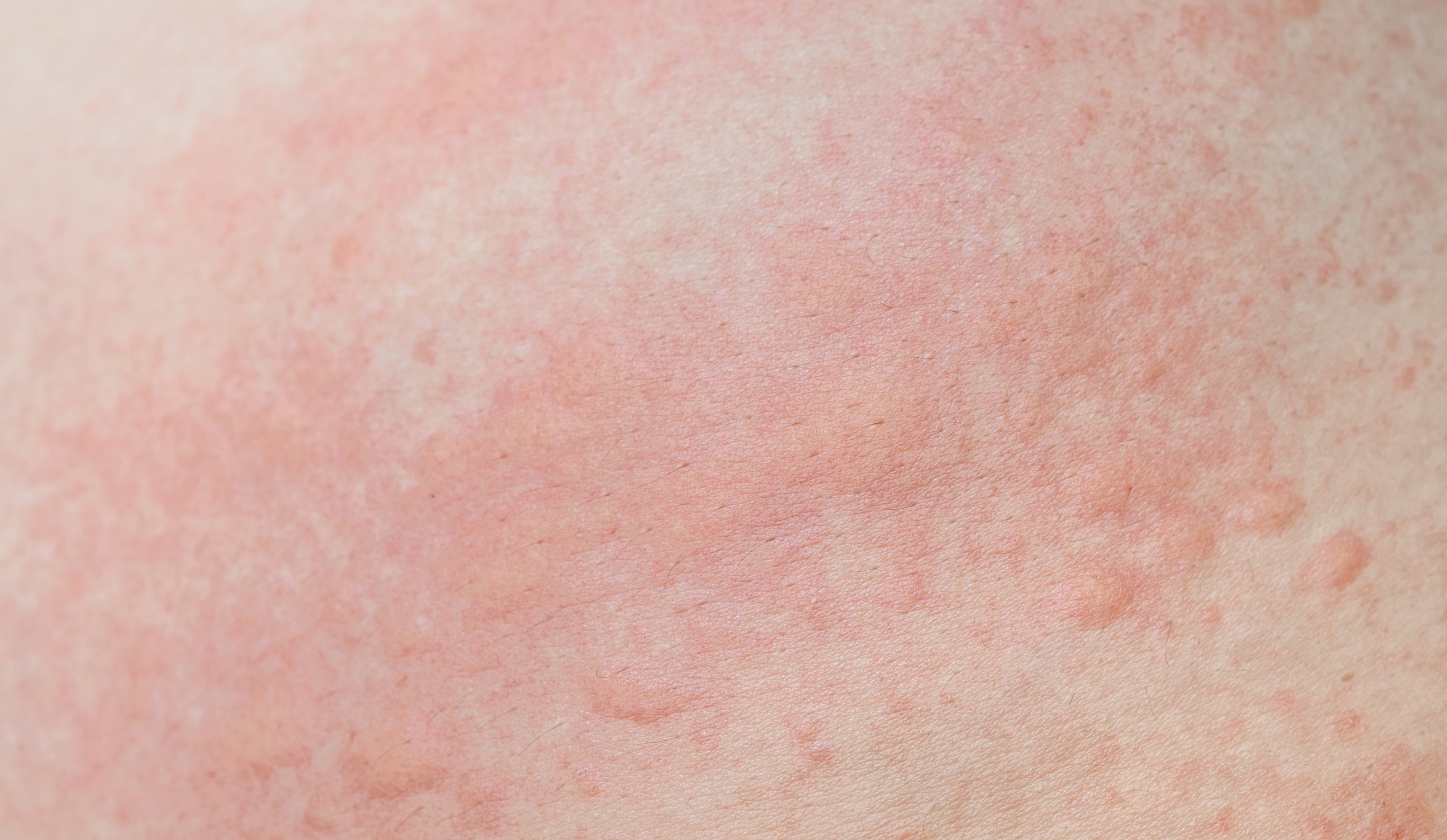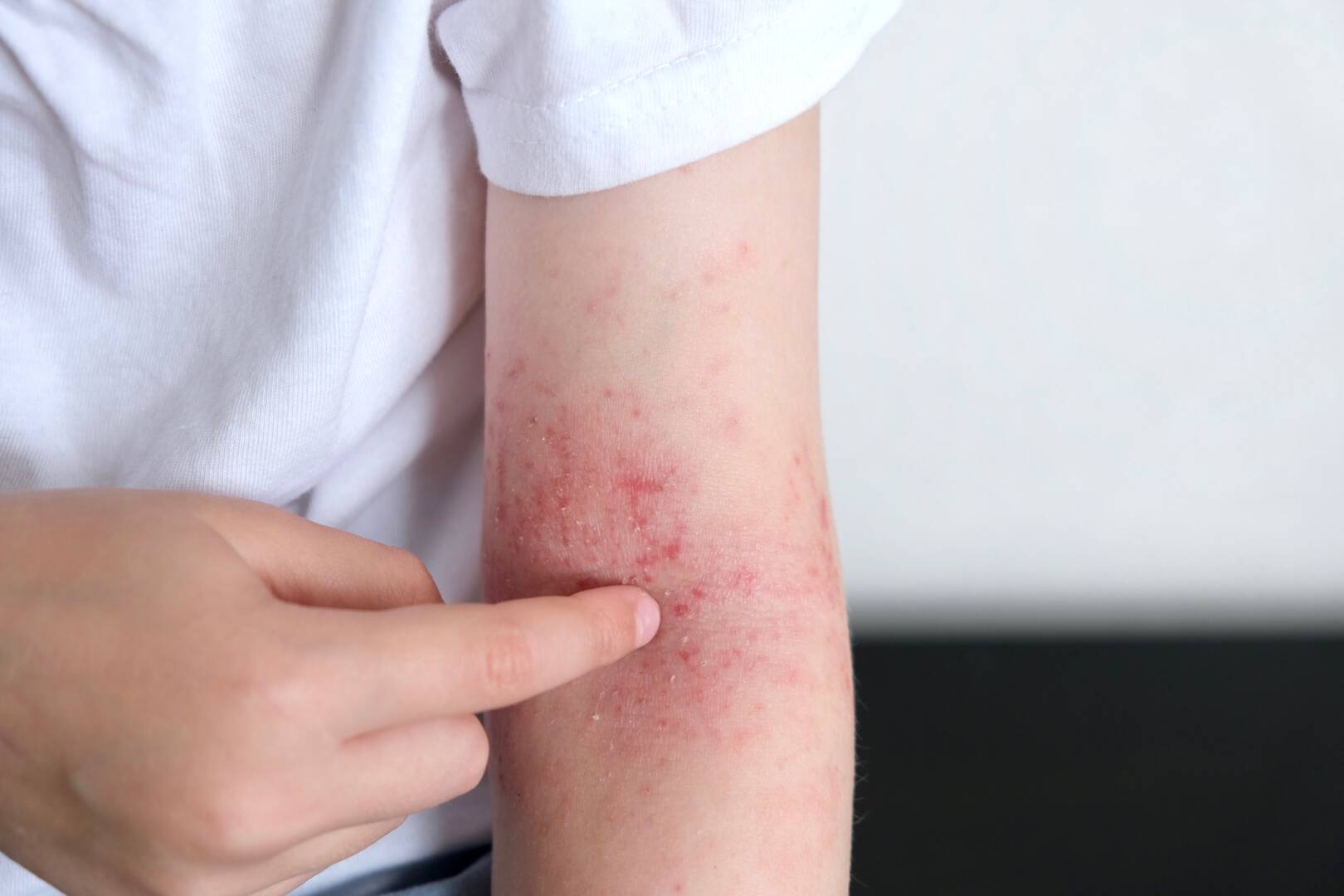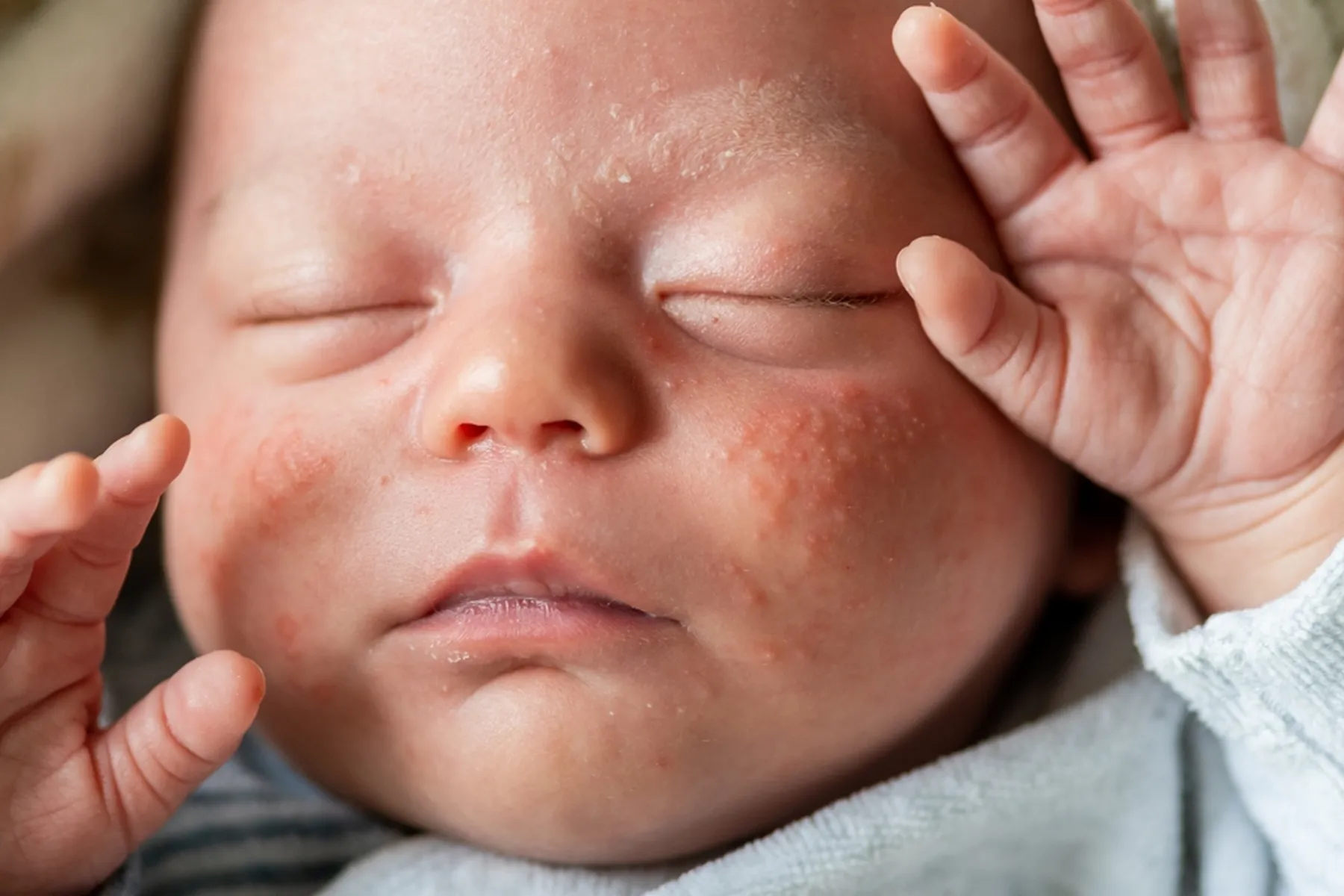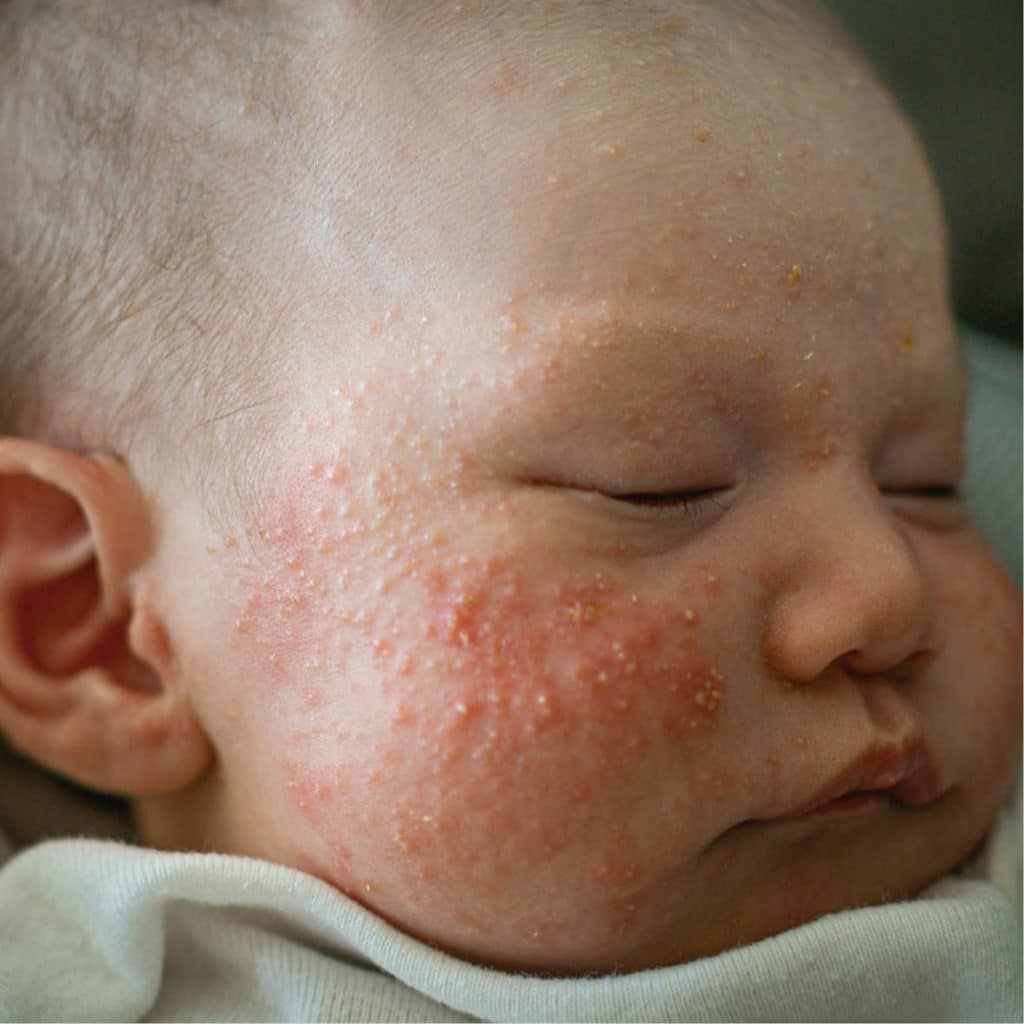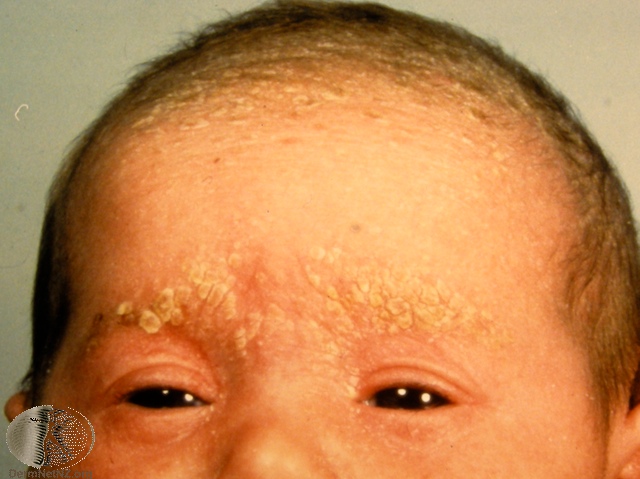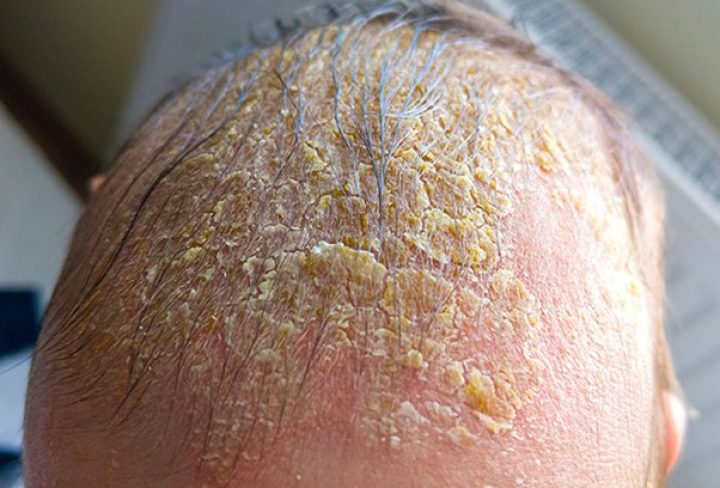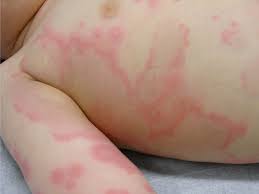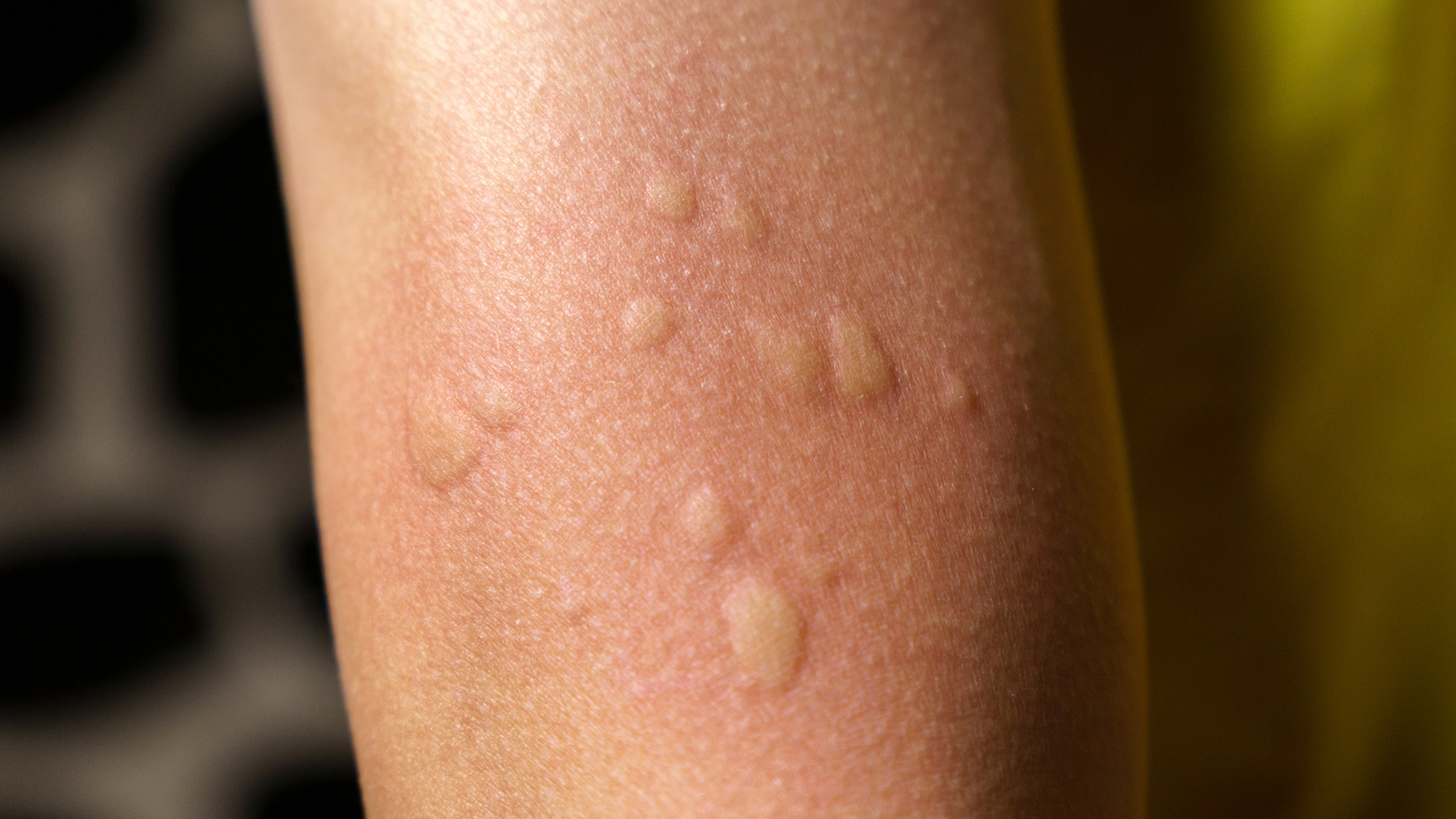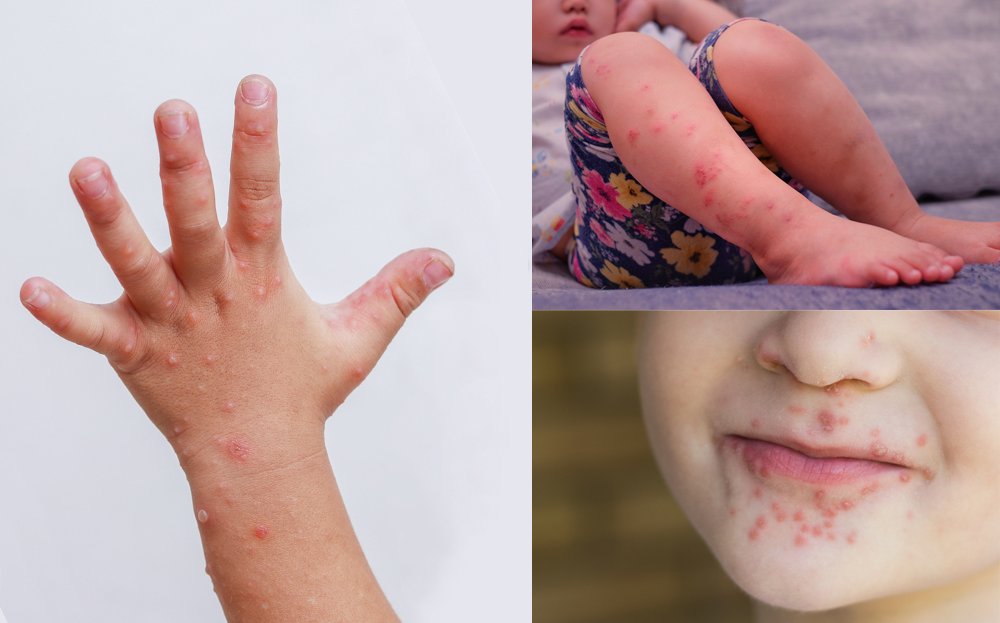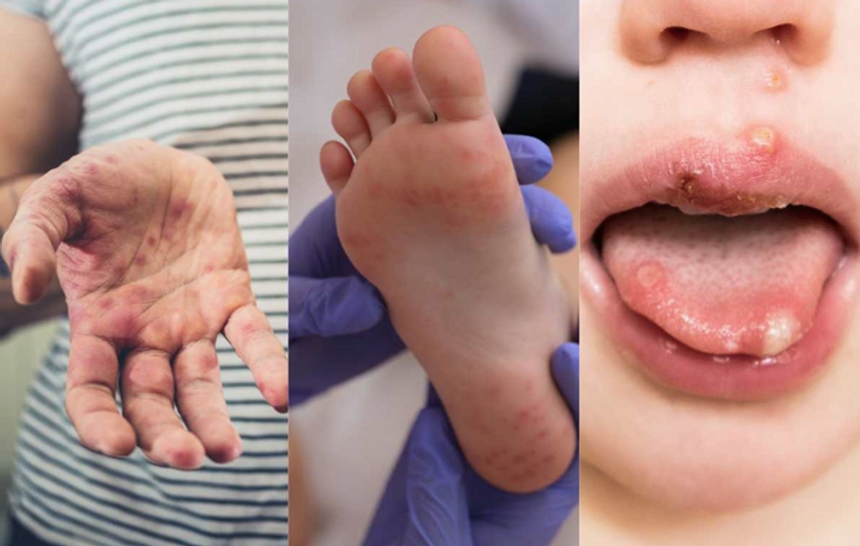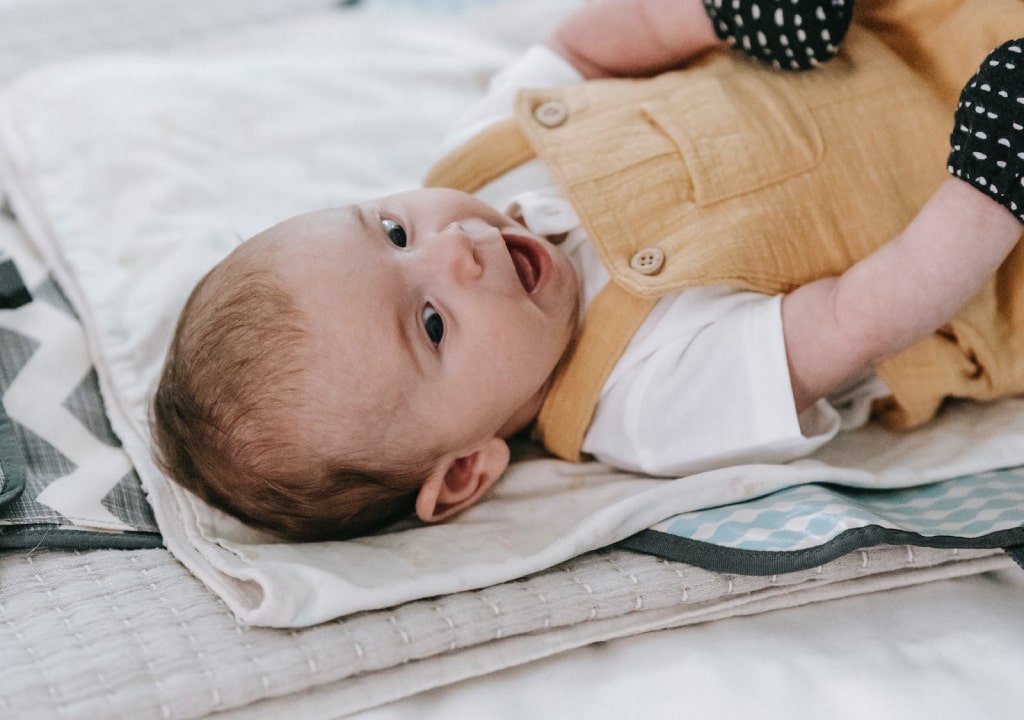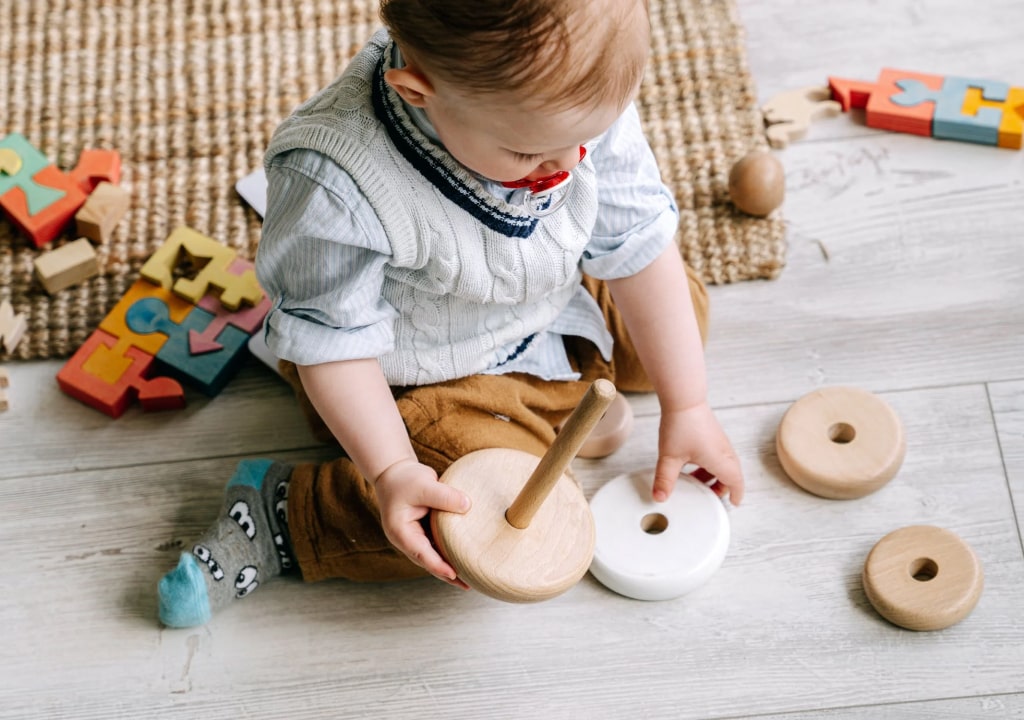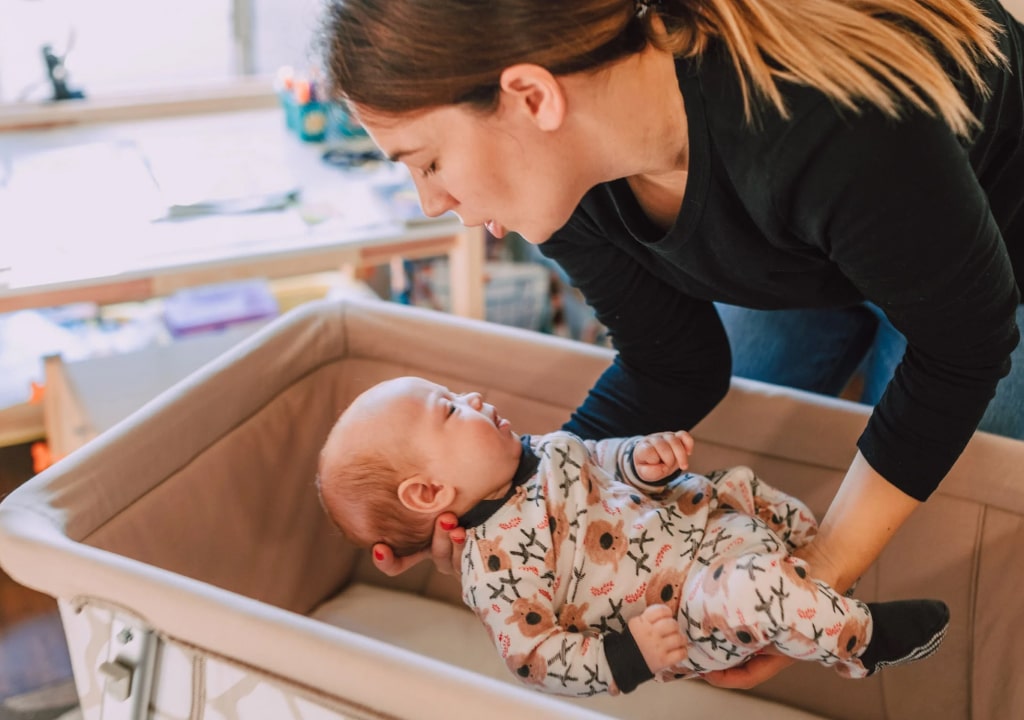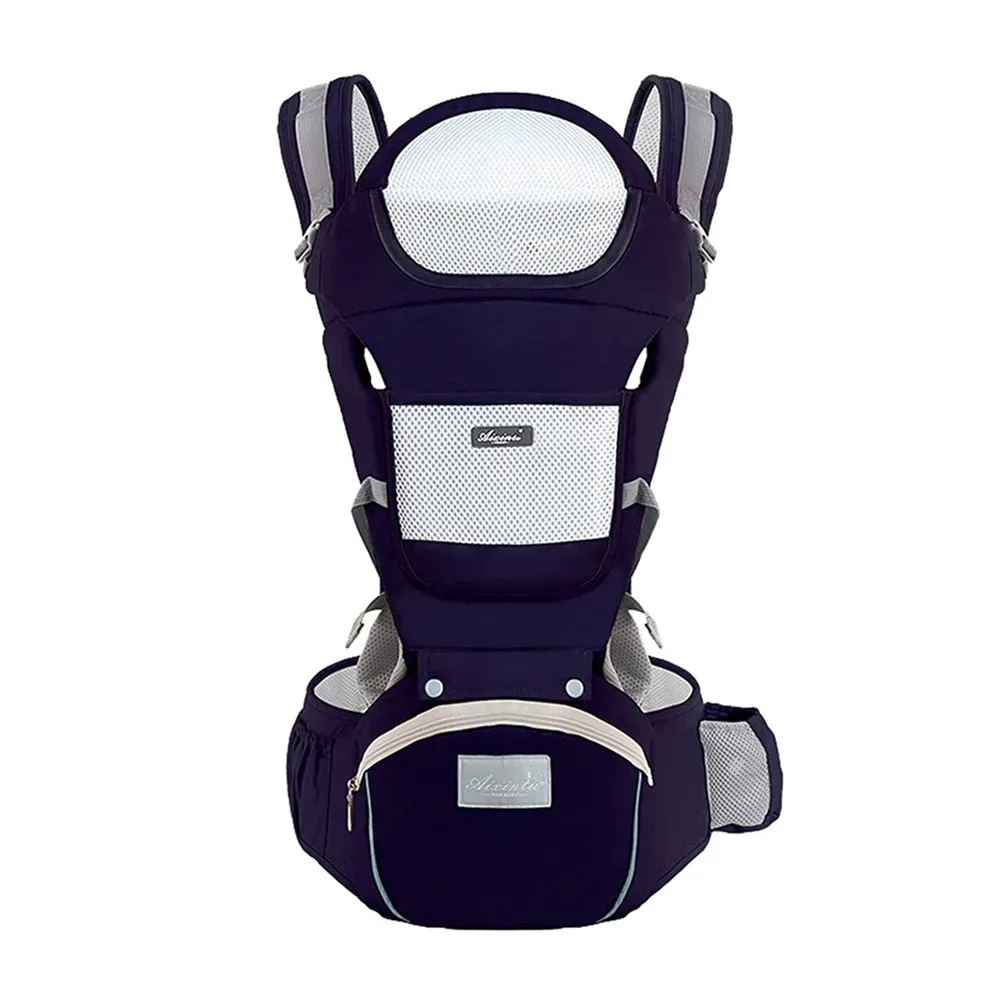Baby rashes are common and often harmless, but they can be concerning for parents—especially first-time moms. A baby’s skin is delicate and sensitive, making it prone to irritation from heat, moisture, allergens, or even clothing materials.
Understanding different types of baby rashes and how to treat them can help you keep your little one comfortable and happy. In this guide, we’ll cover the most common baby rashes, their causes, treatments, and prevention tips.
1. Diaper Rash
What It Looks Like:
✔️ Red, inflamed skin around the diaper area.
✔️ May have small bumps or peeling skin.
✔️ Baby may seem uncomfortable or cry during diaper changes.
Causes:
✔️ Prolonged exposure to moisture (wet diapers).
✔️ Chafing or friction from diapers.
✔️ Sensitivity to diaper materials or wipes.
✔️ Yeast infections (if the rash is bright red with raised edges).
Treatment:
✔️ Change diapers frequently – Keep the area dry and clean.
✔️ Use a diaper rash cream with zinc oxide (barrier protection).
✔️ Let baby go diaper-free for a while to allow the skin to breathe.
✔️ Switch to fragrance-free wipes or use warm water and a soft cloth.
💡 Tip: If the rash doesn’t improve within 3-5 days, or if it worsens, consult a doctor—it may be a fungal or bacterial infection.
2. Heat Rash (Prickly Heat)
What It Looks Like:
✔️ Tiny, red bumps on the neck, chest, back, or folds of the skin.
✔️ Skin may feel hot and irritated.
✔️ Common in warm, humid weather.
Causes:
✔️ Blocked sweat glands trap sweat under the skin.
✔️ Overdressing or using thick fabrics in hot weather.
✔️ Being in a warm environment for too long.
Treatment:
✔️ Dress baby in lightweight, breathable cotton clothes (like Babivi’s!).
✔️ Keep baby in a cool, well-ventilated space.
✔️ Give lukewarm baths to soothe irritation (avoid hot water).
✔️ Apply a cool, damp cloth to affected areas.
💡 Tip: Avoid using lotions or oils on heat rash—these can block sweat glands and make it worse!
3. Eczema (Atopic Dermatitis)
What It Looks Like:
✔️ Dry, itchy, red patches on the face, arms, legs, or torso.
✔️ Scaly or rough skin that may crack or ooze.
✔️ Often appears between 2-6 months of age and can come and go.
Causes:
✔️ Genetics (family history of eczema, asthma, or allergies).
✔️ Triggers like fragrances, detergents, or food allergies.
✔️ Dry air or temperature changes.
Treatment:
✔️ Use fragrance-free, hypoallergenic moisturizers multiple times a day.
✔️ Give short, lukewarm baths and apply moisturizer immediately after.
✔️ Dress baby in soft, breathable cotton clothing to reduce irritation.
✔️ Avoid scented soaps, lotions, and detergents.
💡 Tip: If eczema is severe or keeps coming back, a doctor may recommend a mild steroid cream to reduce inflammation.
4. Baby Acne
What It Looks Like:
✔️ Small red or white pimples on the face (especially cheeks and forehead).
✔️ Usually appears 2-4 weeks after birth and disappears by 3 months.
Causes:
✔️ Mother’s hormones passed to baby before birth.
✔️ Blocked pores due to oil production.
Treatment:
✔️ Wash baby’s face daily with warm water and a mild baby cleanser.
✔️ Avoid scrubbing, squeezing, or applying oils or creams.
✔️ Keep baby’s face clean and dry (avoid too much saliva or milk residue).
💡 Tip: Baby acne goes away on its own—no special treatment is needed!
5. Cradle Cap (Seborrheic Dermatitis)
What It Looks Like:
✔️ Yellowish, greasy, flaky patches on the scalp.
✔️ May extend to the eyebrows, behind the ears, or neck folds.
✔️ Doesn’t cause itching or discomfort for the baby.
Causes:
✔️ Overactive oil glands producing excess sebum.
✔️ Yeast or fungal overgrowth on the scalp.
Treatment:
✔️ Gently massage baby’s scalp with a soft brush to loosen flakes.
✔️ Use a mild baby shampoo to wash the scalp regularly.
✔️ Apply a small amount of coconut oil or baby oil, leave for 15 minutes, then rinse.
💡 Tip: Cradle cap is harmless and usually clears up by itself within a few months.
6. Hives (Urticaria)
What It Looks Like:
✔️ Raised, red, itchy welts that appear suddenly.
✔️ May move from one area to another.
Causes:
✔️ Allergic reaction to food, medication, insect bites, or environmental factors.
✔️ Viral infections can sometimes trigger hives.
Treatment:
✔️ Remove the trigger (if known).
✔️ Apply a cool compress to soothe the itching.
✔️ Check with a doctor if hives spread, last longer than a day, or are accompanied by breathing issues.
💡 Warning: If baby has swelling of the face, lips, or difficulty breathing, seek emergency medical help immediately—it could be a severe allergic reaction.
7. Hand, Foot, and Mouth Disease (HFMD)
What It Looks Like:
✔️ Red spots or blisters on hands, feet, and inside the mouth.
✔️ May cause fever and sore throat.
✔️ Highly contagious among babies and toddlers.
Causes:
✔️ Caused by a viral infection (Coxsackievirus).
✔️ Spreads through saliva, sneezing, or contaminated objects.
Treatment:
✔️ Ensure baby stays hydrated (offer milk, water, or cool foods).
✔️ Use pain relief (doctor-approved) if needed.
✔️ Keep baby home from daycare to prevent spreading.
💡 Tip: There’s no cure, but HFMD usually clears up in 7-10 days.
How to Prevent Baby Rashes
✔️ Choose soft, breathable cotton clothing (like Babivi’s) to prevent irritation.
✔️ Keep baby’s skin clean and dry, especially in warm weather.
✔️ Use gentle, fragrance-free skincare products and detergents.
✔️ Change diapers frequently and let baby’s skin air out.
✔️ Avoid overdressing baby in hot weather to prevent heat rash.
Why Babivi’s Clothing Helps Prevent Skin Irritation
At Babivi, we prioritize baby comfort and skin safety with:
✔️ 100% cotton, breathable fabrics – Reduces irritation and heat rash.
✔️ Soft seams and tag-free designs – Perfect for sensitive skin.
✔️ Hypoallergenic materials – No harsh dyes or chemicals.
🎀 Check out our baby-friendly clothing at Babivi.com!
Final Thoughts
Baby rashes are common and usually harmless, but knowing how to identify and treat them can help keep your baby happy and comfortable. If a rash looks severe, spreads, or doesn’t improve, always consult a doctor.
💕 Have you dealt with any baby rashes? Share your tips in the comments!

